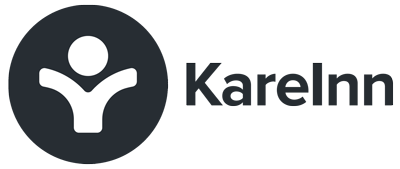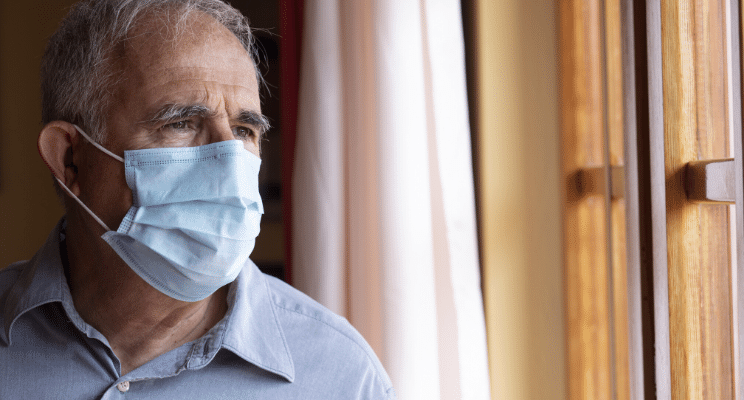It’s been a heartbreaking few months as friends, family and colleagues have dealt with the impact of Covid19 on their relatives, businesses, and themselves. Care home staff and managers are doing an incredible job in difficult circumstances and every death of a resident or colleague affects all of us who work in this area.
It’s not just the human cost of this tragedy which is putting care homes under tremendous pressure. This crisis has put pressure on cash reserves through the increased cost of vital PPE and the extra use of agency staff, and impacted on the ability to take in new residents.
We don’t know what the future will hold but we have seen the resourcefulness of people in the face of adversity and know that care home operators and their staff want the best for their residents. As we look to the future and what we can learn from this terrible time, here are four ways care homes can come out of this stronger.
INCREASED FUNDING TO COVER CARE PROVIDERS’ COSTS
One care home director I spoke to recently spent £33,000 in a week on PPE which would have originally cost less than half of this amount. It’s not just protective equipment where costs have spiralled. Care homes are having to cover the cost of staff absences and an increased spend on agency staff.
A freeze on admissions to prevent spread of infection has artificially lowered occupancy by as much as 50% in some homes. Too often the fact that care homes are businesses is overlooked. They do amazing work but they can’t perform miracles with their cash flow. They need to be able to pay their staff and cover the costs of providing the excellent care their residents and their families expect.
Care England has called for a 10% uplift in fees to be made across the board to care providers to deal with COVID-19 costs. This would prove a much faster way to reimburse providers directly, and avoid the distribution and timing issues of the Local Authority grants, allowing homes to continue to safely operate. We support these demands.
Care professionals have been shown to be valued members of our community during this crisis. Quietly working away looking after older and vulnerable people, their role in making sure people are safe and well has suddenly been catapulted into the limelight. We hope that as well as warm words, the sacrifice and hard work of care staff will be rewarded with the funding they need to do their jobs in safe working environments.
LEARN BEST PRACTICE TOGETHER
We are all in new territory and we have pulled together to fight coronavirus. Care homes across the country have risen to the challenge of keeping residents safe and happy in tough conditions. We can learn from each other and bring together examples of best practice so that care home residents can benefit.
KareInn has always worked with our customers to understand their needs and what is happening across the care community. Our customers are automatically granted membership to our Digital Adopters Club. This meets quarterly throughout the UK and is a chance to share and learn from peers and other industry leaders on their digital journey.
This collaborative approach is incredibly beneficial for care home residents. We all learn from each other and bring together examples of best practice. This is vital now more than ever before. Sharing our learnings and adopting innovations will enable us to move forward together.
This collaborative approach extends to greater co-operation across the health and social care system as a whole, where integration and interoperability of systems will be key to reducing the existing administrative burden on homes and seeing long term sustainable improvements in practice.
HAVE A HOLISTIC VIEW OF RESIDENTS’ HEALTH AND WELLBEING
Care homes need to be able to monitor the health and wellbeing of their residents as individuals but also as a whole at a glance. It is difficult to spot patterns or see warning signs if you don’t have the relevant information you need in one place. Digital care records give care home managers a holistic view of what is going on.
Using the data we already collect to help make better decisions is key. Our insights dashboard tracks residents’ health signs and pushes this information to care managers and leadership teams. The management team then knows when residents and staff have come into contact with a communicable disease.
We use acoustic monitoring to detect symptoms such as repetitive coughing which might go unnoticed. Having information like this at their fingertips enables managers to take proactive steps to protect the wider community within the home more quickly.
For carers, going digital can mean never having to hurry to scribble handwritten notes again, and easier access to the right resident information to inform the best possible care interventions. They know how each person is at the touch of the button. They can see information such as the last time they were checked in on, or whether they had been given a drink (and had drunk it) recently.
For management teams in charge of care homes, accessing real-time information allows them to monitor care delivery more effectively and provides an early warning system on fluctuations or incomplete tasks so they can intervene in a timely manner where necessary.
Put simply, it’s far easier to see what’s going on in a residential care home at any given time by looking at an up to the minute digital device than by leafing through reams of (possibly not up to date) paper files.
CLEAR GUIDANCE FOR ALL
Care England has asked the Government to audit its public announcements to ensure they are being followed through. Guidance on how to deal with public health issues as a provider, caregiver, resident, and for relatives, needs to be available in a timely manner and, vitaly, needs to be clearly understood. Everyone needs to know what is expected of them, without any grey areas which can cause confusion.
Those involved in care at every level, from central government to the CQC and care home management need to ensure this happens.
One way in which we help care homes do this is by giving them the ability to provide up-to-date information to their staff when they log in. Messages with the latest safety information can be sent to staff before they start their shifts.
Care homes face a series of challenges at present. By pulling together, utilising technology that helps us deliver high quality care and outcomes for residents, and improved funding, we can come out of this stronger.



